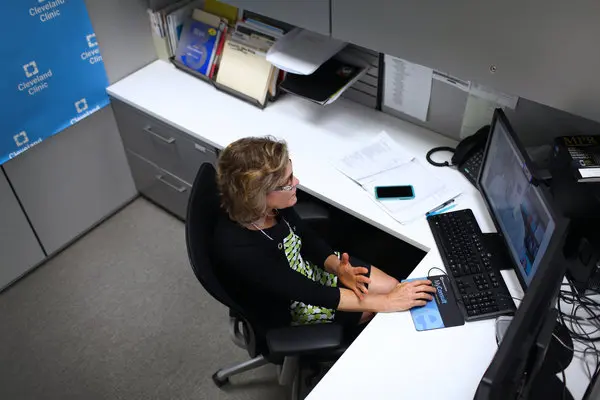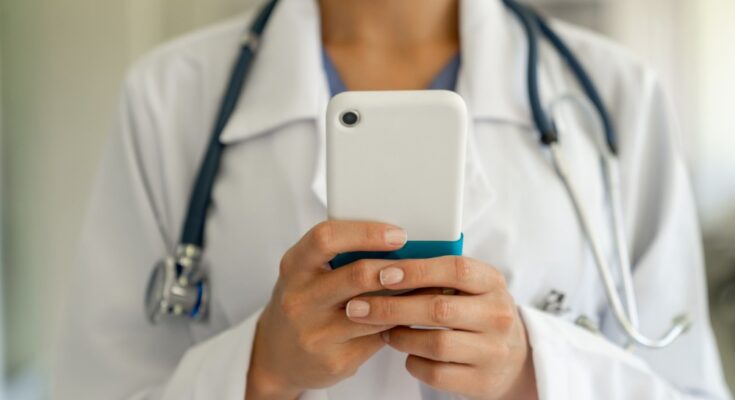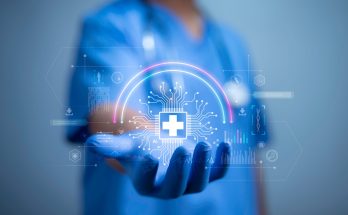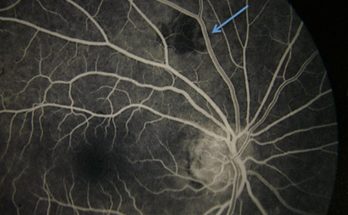As healthcare has evolved, many services are accessible online. Digital consultations enable patients to receive medical care remotely while following structured procedures to ensure quality treatment. When patients first connect with an online healthcare service, they must complete registration forms that capture essential health information.
This typically includes past illnesses, current medications, allergies, and family health history. This data gives the virtual physician baseline knowledge before the actual consultation begins. Most platforms use secure forms that comply with privacy regulations to protect sensitive health data.
Video consultation techniques
During the actual appointment, doctors use video technology to assess patients visually. They observe physical symptoms, skin conditions, and patient mobility. Good lighting proves essential for accurate visual assessment. Physicians direct patients to position themselves appropriately to observe specific body areas when needed. Virtual stethoscopes and other remote monitoring equipment sometimes supplement these visual assessments.
Remote vital signs assessment
Though not physically present, skilled physicians gather vital health information through observation and guided self-examination. Patients receive instructions on checking their pulse, measuring blood pressure with home devices, and reporting temperature readings. Some telehealth services integrate with smartphone apps that measure heart rate and oxygen saturation levels. These measurements help doctors establish current health status during virtual visits.
Process of issuing certificates
After completing health assessments, physicians determine if patients qualify for medical documentation. Various circumstances require different types of certification. When ordering a medical certificate online, you need to follow a strict set of protocols in order to maintain legitimacy.Doctors verify identity, assess conditions directly, and apply professional judgment before issuing documentation. Electronic signatures and verification codes establish the authenticity of these digital documents.
Special considerations for different conditions
Health issues require modified assessment techniques when conducted virtually. Mental health evaluations rely heavily on verbal communication and observation of emotional responses. Skin conditions benefit from high-resolution images sent before appointments. Medical certificate online systems adapt to different medical specialities with customized workflows. Respiratory assessments involve watching breathing patterns and listening to descriptions of symptoms.
Legal validity of virtual assessments

Virtual medical evaluations hold legal standing when appropriately conducted. Most jurisdictions now recognize the validity of telehealth services. The documentation from these appointments carries the same weight as in-person visits when following established guidelines. Medical certificate online doctors maintain professional standards equivalent to traditional practice. These physicians complete verification processes to meet licensing requirements in their serve regions.
- Testing and laboratory coordination
- Prescription management
- Follow-up appointment scheduling
Technology requirements for effective consultations
Both patients and providers need appropriate equipment for successful telehealth interactions. Stable internet connections prevent disruption during critical discussions. Web cameras with sufficient resolution allow doctors to observe subtle physical symptoms. Microphones must capture clear audio for accurate symptom descriptions. Quality technology supports comprehensive health assessments despite physical separation.
Remote medical assessments offer convenience while maintaining clinical standards. Those living in remote areas can now access specialists previously unavailable to them. Those with mobility challenges avoid difficult travel. Scheduling flexibility accommodates work and family responsibilities. Online doctors with medical certificates provide essential services to underserved populations through these platforms. This blend of traditional medical knowledge with innovative delivery methods creates effective healthcare solutions accessible to diverse patient populations.




